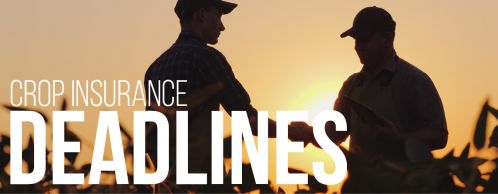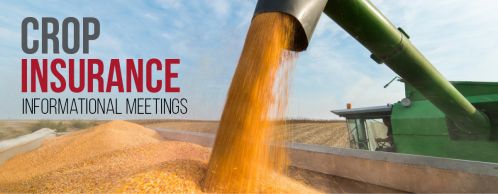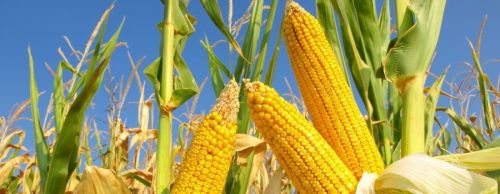
Winter Essentials for Healthy Calves
Article By: Mike Wachtendonk of Land O'Lakes, Inc.
Quantity and Quality: Every Feeding, Every Time
From colostrum in their first few hours of life through every meal after that, providing a large quantity of the best quality product possible is crucial. While it is important year-round, a minimum of two gallons of milk or milk replacer solution per day is recommended during cold stress. With that, remember that consistency is key! Like your cows, calves need to eat the same meal in every bite. Whether that meal is in the form of milk replacer or pasteurized milk and balancer paired with a high quality 20-22 percent starter, having a properly mixed, well-balanced diet can be the difference between life and death.
Environment
Keeping a dry, well-ventilated area can sometimes be tricky. The goal should be to keep calves out of drafts while maintaining four to six air turns per hour (barns). If applicable, face your calf hutches south in the winter to shield the calves from the freezing wind and take advantage of the sun. Bedding should always be dry, and calves should be able to nestle into it to keep warm. If you can kneel on the bedding and come up with wet knees, the calf needs more/replaced bedding. For nesting score reference, use the chart below to score your calf bedding.
Nesting Scores
1: <4" of fresh bedding: Legs visible, unable to nestle at all - unacceptable
2: 4-6" of fresh bedding: Legs partially visible - acceptable with calf jackets
3: >6" of fresh bedding: legs mostly/completely hidden; nose can be nestled - ideal
Fluids: Yes, that means water!
Water has a myriad of jobs to do in a growing calf. Not only does it help keep them hydrated, it also plays a major role in rumen development. While they do receive a small amount of water through their milk, that does not suffice for their needs nor will that help develop the rumen papillae. When a calf drinks milk, that goes directly through the omasum into the abomasum (true stomach). Starter and water, however, go to the rumen first. With one or the other unavailable, development will be severely hindered leading to feed intake challenges post-wean and opportunity for disease. While offering water and removing it after an hour or two can be labor-intensive and expensive, treating or losing one or more calves will have a greater impact on your bottom line now and as the loss of her future milk.
Winter in Wisconsin can be a real challenge. With best management practices and the right team by your side, it can be less challenging and more productive! Preventing disease and setting your calves up for success in the future is always our number one priority. Looking for a customized approach to winter calf-raising? Our nutrition team is highly skilled at creating a specialized plan to help your calves beat the winter blues and in turn putting more money in your pocket.
Mike Wachtendonk is a sales specialist for Land O'Lakes. For more information, contact Mike at 715.554.2887.



